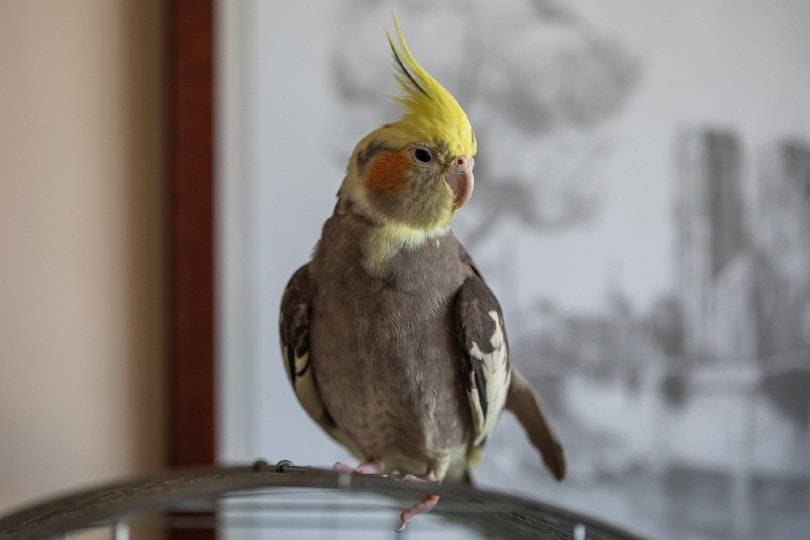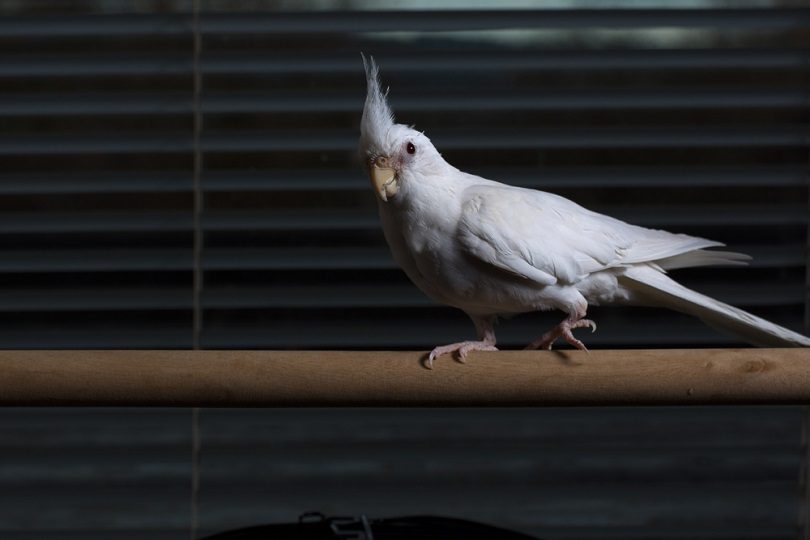Cinnamon Pearl Cockatiel: Facts, Origin & History (With Pictures)
Updated on
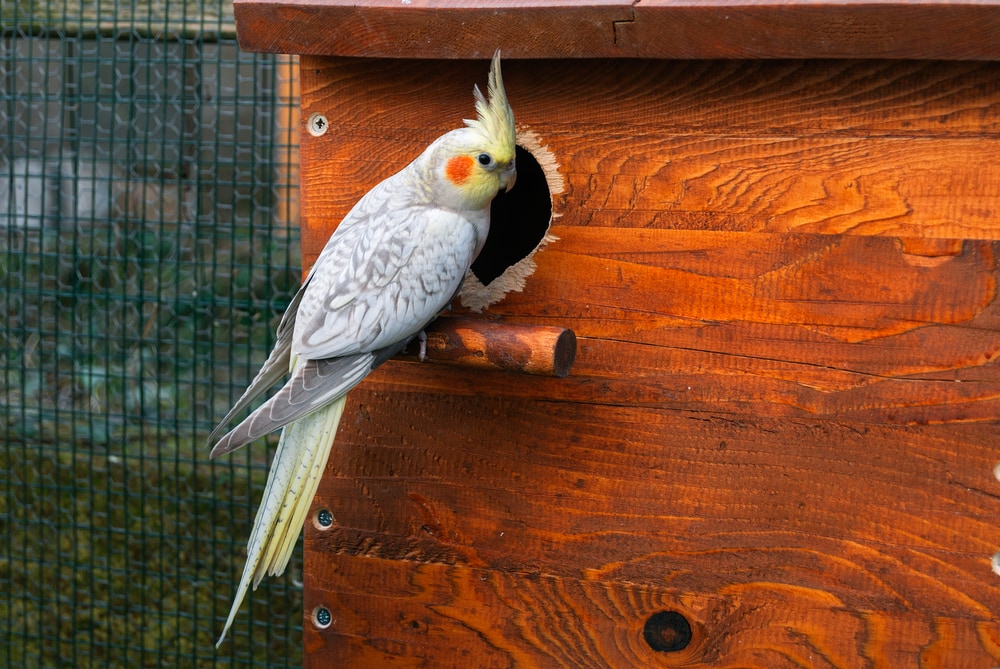
It’s no mystery why cockatiels are such popular pet birds. They’re sweet and entertaining creatures. It didn’t take long for the bird to go from scientific discovery in 1792 to a favorite avian companion in Europe in the late 1800s. Its friendly nature was undoubtedly a factor. It’s a social bird in the wild, existing in large flocks. Pet owners replaced their mates and were amply rewarded.
| Height: | 12.5 inches |
| Weight: | 75 – 130 grams |
| Lifespan: | 10 – 15 years |
| Colors: | Yellow, white, and grey |
| Suitable for: | Singles or families with plenty of time to dedicate to them |
| Temperament: | Independent, usually quiet, intelligent |
Wild birds initially supplied the pet market. That came to a screeching halt in 1939 when Australia, the cockatiel’s native land, banned their export. Luckily, they bred readily in captivity, allowing enthusiasts to continue to meet the demand. It also marks a period when selective breeding came to the forefront. The Cinnamon Pearl Cockatiel is one result of these efforts.
Cinnamon Pearl Cockatiel Characteristics
The Earliest Records of the Cinnamon Pearl Cockatiel in History
The cockatiel is in the same family as the cockatoo. Both have similar personalities and intelligence levels. They share a common ancestor with parrots that diverged 40.7 million years ago. The difference is important when discussing the varying color patterns of the two groups. The Australian Cockatiel lives in the shrublands and forests of its native land.
The normal or Gray Cockatiel gives them excellent camouflage. Color variations like Lutino and Cinnamon Pearl can affect the protection it provides. This color morph doesn’t exist in nature. It’s unique to selective breeding. The variation involves the Cinnamon and Pearl or Pearling mutations. Therefore, the Cinnamon Pearl Cockatiel is a double mutation.
Enthusiasts recognized the potential of mutations with the appearance of the Lutino in 1958. Like albino mammals, this color morph leaves an animal vulnerable to predation. That explains why it isn’t common in nature. The Cinnamon Pearl is equally scarce because of the pairings that must occur to bring it about, which is unlikely by chance.
How the Cinnamon Pearl Cockatiel Gained Popularity
The cockatiel is the second most popular pet bird. It was easy enough for enthusiasts to breed birds to get simple recessive mutations, like Fallow, Silver, or Pied. If one displayed the color, it was either a male with both copies of the gene or a female with one. Birds differ from mammals in that female sex chromosomes are X-Y and males, X-X. It’s the reverse in people and other animals.
Enthusiasts had to understand some basic genetics to breed a Cinnamon Pearl Cockatiel. The difference with these mutations is they’re both sex-linked recessive traits. Therefore, the female passes them on to the next generation. However, it’s more complicated, given the nature of these mutations.
If you bred a male Cinnamon with a female Pearl, you’d get Cinnamon females and normal males. The reason is that they would have only one copy of the Cinnamon and Pearl. They carry the genes and can pass them on to their offspring. The difference is they wouldn’t display either variation because the normal gray color is dominant.
The Cinnamon trait changes the appearance of a normal cockatiel by preventing the brown color from turning gray. The Pearl attribute alters the distribution of the pigments. The result of the two together is quite striking. However, the only way to get the Cinnamon-Pearl combination requires a crossing over of one of the variants to the other chromosome, making one carry both mutations.
As you may expect, it’s a rare event, requiring multiple generations. Once you have your breeding stock with the right combination of genes, it could happen. Not surprisingly, its rarity fuels its demand and, thus, the cost.
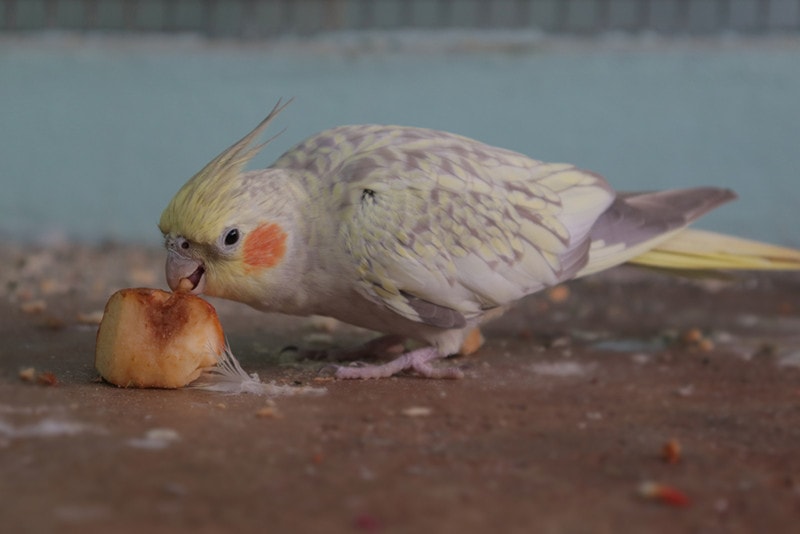
Formal Recognition of the Cinnamon Pearl Cockatiel
The mutation creating the Cinnamon Cockatiel followed the Lutino, with the Pearl coming soon after. The American Cockatiel Society (ACS) recognizes the Cinnamon and Pearl variations on their own. It also lists the Cinnamon Pearl Cockatiel as part of its classifications.
 Top 4 Unique Facts About the Cinnamon Pearl Cockatiel
Top 4 Unique Facts About the Cinnamon Pearl Cockatiel
1. Cockatiels Can Imitate Whistles and Songs
Cockatiels can pick up a few words like other parrots, but talking isn’t their strong suit. However, it shines when it comes to imitating household sounds and even songs. Owners have reported birds doing excellent renditions of a telephone ringing.
2. The Position of a Cockatiel’s Erectile Crest Lets You Know What It’s Feeling
One of the distinguishing features of the Cacatuidae or cockatoo family is their crests. The cockatiel expresses its emotions through its position. All is good if it holds it at a 45-degree angle. If the bird is angry or annoyed, it lays it flat across the back of its head. If something startles your pet, it points its crest straight up and goes on high alert.
3. Cockatiels Mate for Life
In the wild, cockatiels mate for life. They will spend time together, grooming each other. They remain loyal even when they live in flocks. After all, they are quite social animals.
4. The Oldest Cockatiel Lived to 35 Years
Cockatiels are relatively long-lived in the wild, with some reaching 14 years. Of course, captivity is an easy life, where you don’t have to search for food or worry about predators. The record for the longest-living cockatiel is 35 years.
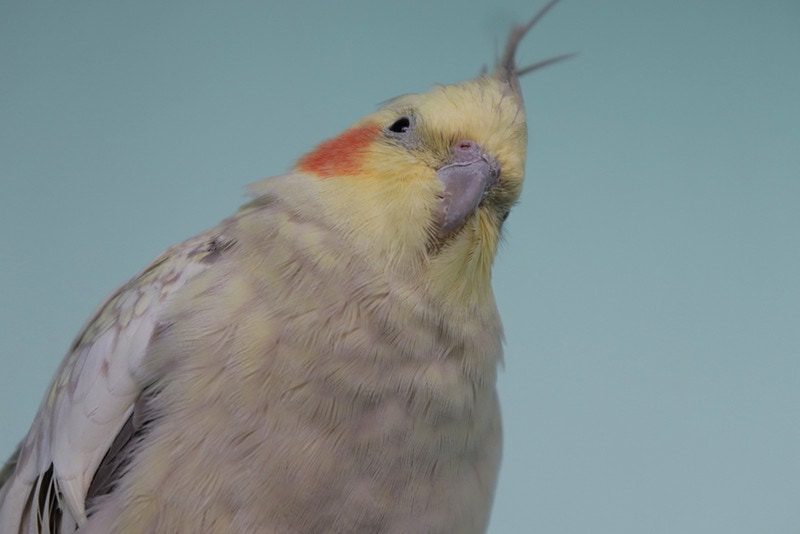
 Does the Cinnamon Pearl Cockatiel Make a Good Pet?
Does the Cinnamon Pearl Cockatiel Make a Good Pet?
The Cinnamon Pearl Cockatiel makes an excellent, as any other color variation. It will enjoy your company and attention, especially if you spend time interacting with it. Remember that you become its flock when you bring one home. It’s imperative to devote some time daily to provide mental stimulation and the social interaction this bird needs for a good quality of life.
Cockatiels make a good choice for apartment dwellers. While they are vocal, they aren’t loud like a macaw or parrot. You should give your pet some toys to play with when you can’t enjoy playtime with your bird. It’s also worth mentioning that a varied, high-quality diet is essential for good health and can directly impact its lifespan.
 Conclusion
Conclusion
The Cinnamon Pearl Cockatiel is a gorgeous bird and the product of thoughtful selective breeding by enthusiasts. The double mutation means each one may look different, making it a unique pet. These birds are excellent choices for first-time bird owners. They will entertain you with their antics and their melodious singing. You’ll have a delightful pet with a healthy diet and daily interaction.
Featured Image Credit: YK, Shutterstock

